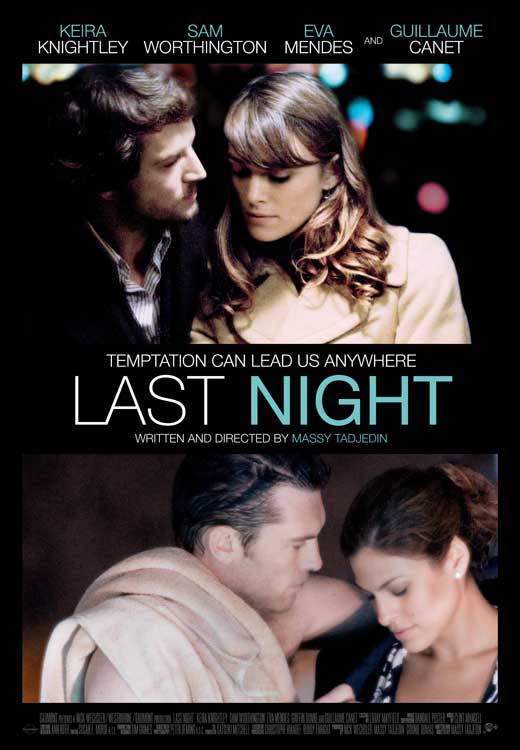
This week in my movie class, we saw the drama “The First Grader” starring Naomie Harris.
Synopsis
After the Kenyan government promises its citizens a free education for all, an 84 year old man applies to be a student in an elementary school – but when his attendance causes controversy, both his future education and his teacher’s job are in jeopardy.
Story
In the years after the Kenyan revolt against British colonialism during the 1950’s, the life of almost every citizen of that country changed – mostly for the better. One of the benefits that resulted from gaining their independence was the fact that the government provided free education to all citizens. When this became available, parents bombarded the few tiny schoolhouses nearest their village to enroll their children in grade school – but there was one student that no one expected. His name was Maruge, an 84 year old veteran of the Kenyan uprising who has been functionally illiterate his entire life.
After multiple rejections, Jane (Harris) – the teacher at the school – finally decides to accept Maruge as a student, in part due to his determination to learn. With Maruge enrolled, he begins to soak up each new lesson like a sponge and quickly becomes one of the best students in the class, even offering to help some of the other children who are slower to learn. Soon, he makes friends with many of the students, who are young enough to be his grandchildren, if not great-grandchildren. But Maruge’s enrollment comes at a cost – his presence causes both controversy and notoriety when the media learn of his existence and descend upon the school to cover this story. Many parents resent Maruge being there because they feel that their child is being slighted due to the shortage of resources at the school.
Following a review of the situation by the Board of Education, it is decided that Maruge can no longer be a student at the school. Disappointed that his education is terminated, Jane decides to circumvent the matter by making Maruge an unpaid assistant, to whom she will provide special one-on-one lessons at the end of the school day once the children have all gone. But once the administration learns of this, their response is to not only expel Maruge but also, to transfer Jane to another school far away. Traveling into the city, Maruge crashes a meeting with the administrators to plead his case – but will he succeed in being reinstated as a student at the school as well as get Jane returned to teaching there?
Review
This movie is based on a true story, which, at its essence, is very inspiring and serves as proof of both the appreciation and value of an education. Having said that, however, it’s also certainly not for everyone – as evinced by the fact that there were several students who walked out of the screening. Most likely, this is due to the violence – the story of Maruge and the history of the revolution of which he was an essential part is told at various points throughout the film in a serious of flashbacks. While you don’t see gore in certain of the scenes, the violence is implied; some scenes include brutal execution of women and children and bloodshed as the result of torture when Kenyan prisoners are whipped at the hands of British soldiers. Even some of the students that did not walk out wound up averting their eyes at these scenes, so take that caveat for whatever you feel it may be worth.
Although ultimately an uplifting tale, I had some problems with the way in which the story was told. For one thing, certain things were handled in a rather heavy-handed manner; this would include, but definitely not be limited to, the violence; as much as certain characters may be beaten, we, as an audience, also feel beaten over the head with returns to such scenes. While it’s understandable that the filmmaker’s intention is to get the audience to appreciate the extent of the suffering Kenyans faced during this time, eventually, you just want to respond by saying, “OK, we get it, let’s move on now, shall we?” Another issue for me was the fact that the main character who was supposed to be the focus of the story seemed to turn a bit at the end of the second act. To me, it seemed to change from being Maruge’s story to being Jane’s story. This made for a slight feeling of imbalance, but one that you may be ultimately able to correct, depending on how much you buy into the film in the first place.
After the screening, the instructor interviewed one of the film’s producers as well as one of its stars, Naomie Harris. The producer said that he had originally gotten the idea for the movie when he read an article about Maruge; he then set out to purchase the rights to Maruge’s story and after a few weeks, was all set to start working on the movie. Originally, the producer said he wanted Morgan Freeman to play the part of Maruge, but Freeman turned down the role because he felt that it should be played by a lesser known actor. The producer then sought out Sidney Poitier, who declined because he refused to come out of retirement. Eventually, they wound up hiring a retired TV newscaster local to the area. Harris said that she felt comfortable with this role because her father was a teacher and she grew up in that environment. She said that he was of great assistance to her during the shooting of the movie when she found that some of the children were not responding to her; he then gave her some advice, at which point they started to come out of their shell a bit.

















![clip_image001[1] clip_image001[1]](https://blogger.googleusercontent.com/img/b/R29vZ2xl/AVvXsEjo9xAfxLzotlLma-ylUNAR1NsXOvP0sKHrXXofs3mGrajNrHV4vODe5O-sGtIYaltgyJ77q31oMP-7fJavSGeKulrBlZvNyj2Y6WxHyoXnmDLNSK22vEmXpx4OTf1Ffs0GmGZtuQ/?imgmax=800)
![clip_image002[1] clip_image002[1]](https://blogger.googleusercontent.com/img/b/R29vZ2xl/AVvXsEiD_VQWQwM-b9ciDxQhX0-3cDjAAan_0nKX83UvRhKxLjLydMehI3K4Ywlr6JpDTjAD_JlkIxyIi4-kSQShIX56SIVy8uOoJ8_jI0G1zS77EfYrl8ppXMTD_JVAzibgAgNmLXoMTQ/?imgmax=800)

![clip_image004[1] clip_image004[1]](https://blogger.googleusercontent.com/img/b/R29vZ2xl/AVvXsEhwq-6TeVov7NYK_Sv4JDGUDNEGnR9outX8H1w4mpvF_DBmJHIiyjqxdhqBvPHqsB2CkvDc8H2UXzpPkfrN5gX4H0Iu1q1VSx4mVGwJ6zoaNUc80YcPHwnZbaApW4WNryIcsGG4ww/?imgmax=800)





